The following is a brief overview of the various types of transportation devices and some of the laws that apply to each. It is not a comprehensive list of all the laws, rules and regulations applicable to each type of transportation device. It is merely intended to give the reader a basic overview of some of the primary rules and regulations applicable to each transportation device.
Owners, operators and passengers of any of the listed modes of transportation should conduct a thorough review of applicable state laws and local ordinances prior to operating any mode of transportation. The overview does not constitute legal advice and if you need legal advice, you should seek advice from your own attorney.
You may access Arizona state law and Scottsdale Revised Code by the following links and searching for specific transportation devices:
On July 1, 2025, Scottsdale City Council voted and adopted Ordinance No. 4680, adding Sections 17-77.1, 17-77.2 and 17-77.3 to the Scottsdale Revised Code.
The ordinance is a continued effort to ensure safety of the city, residents, and visitors.
The new changes are as follows:
Section 17-77.1
- Prohibits persons under the age of sixteen (16) from operating class three electric bicycles, similar devices that can meet or exceed twenty-one (21) miles per hour (MPH) on city property. ("city property" includes all public streets, sidewalks, multi-use paths, all city parks, Scottsdale Civic Center, the McDowell Sonoran Preserve and any property owned and maintained by the City of Scottsdale.)
- Prohibits electric motorcycles on a city roadway that has not been titled and registered with the State of Arizona.
- A violation of this section is a civil traffic offense and shall be punished by a minimum of one hundred (100) dollars.
Section 17-77.2
- Every business that sells class three electric bicycles, similar devices that can meet or exceed twenty-one (21) MPH or electric motorcycles with in the city shall post a written notice that their use is prohibited by anyone under the age of sixteen (16) and that electric motorcycles may only be used on a city roadway if properly titled and registered with the State of Arizona.
- Notice must be placed where class 3 electric bicycles or electric motorcycles are displayed for sale.
- The city shall provide businesses at no cost, educational materials regarding the use of class 3 electric bicycles and electric motorcycles.
- A violation of this section is a petty offense and shall be punished by a minimum fine of one hundred (100) dollars.
Section 17-77.3
- Every business that sells class three bicycles shall affix a permanent label in a prominent location indicating that the bicycle is a class three bicycle prior to offering the sale.
- Unlawful to remove the label once it is affixed.
- A violation of this section is a petty offense and shall be punished by a minimum fine of one hundred (100) dollars.
All-Terrain Vehicles
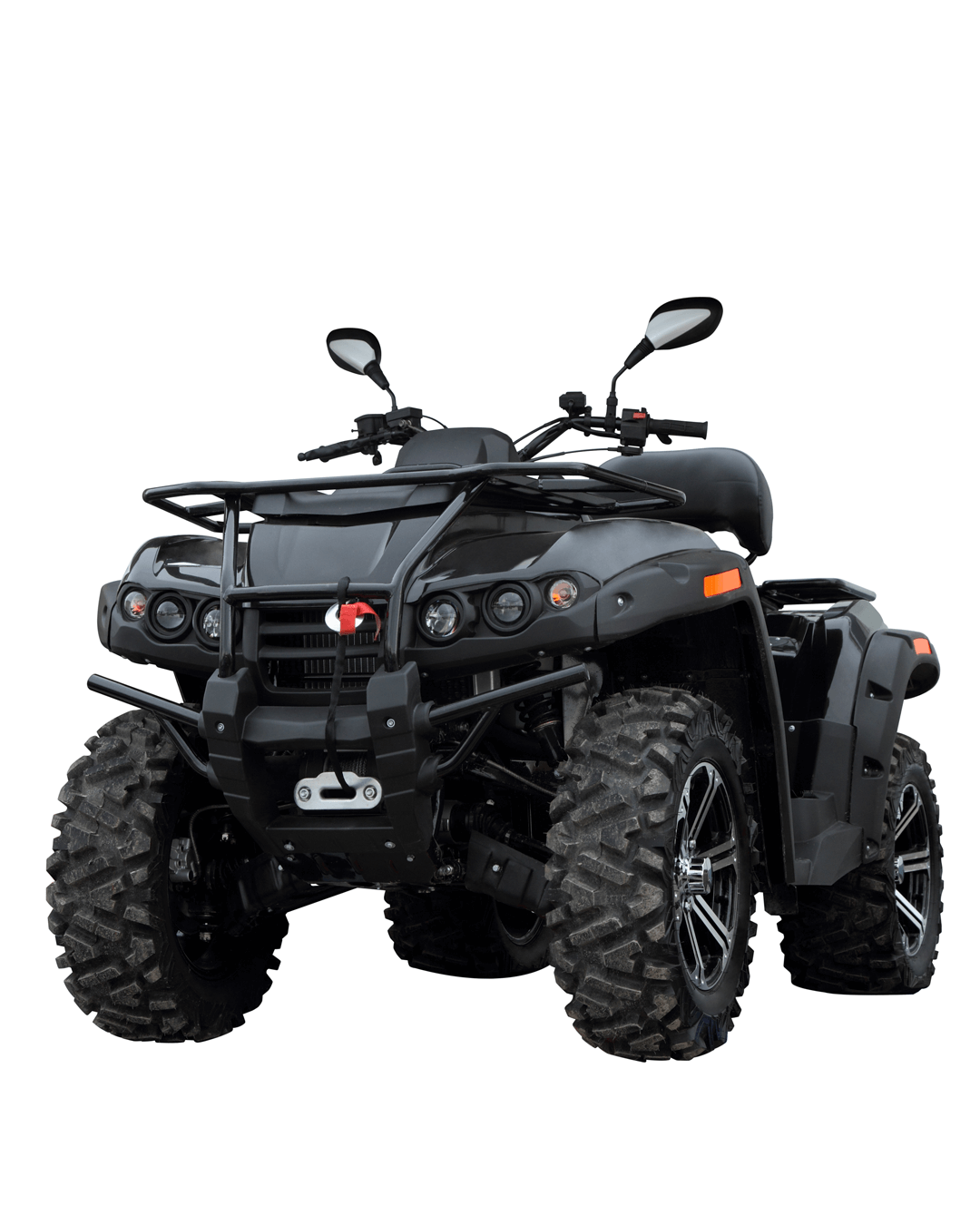
This is a motor vehicle that is designed primarily for recreational non-highway all-terrain travel. It has three or more low pressure tires, a seat, and handlebars. It is permitted on private property with no legal requirements, however; collisions, DUI, and reckless driving laws apply. To operate on the roadway the driver and vehicle must meet all other requirements such as registration, driver’s license, and insurance and obey all applicable traffic laws in addition to having a mirror, seat, and footrests. If the ATV has three wheels the driver must have a class “M” endorsement on his driver’s license. An Off-road plate is available; however, a street legal registration is required for roadway use. Anyone under 18 must wear a helmet and the driver must wear glasses or have a windshield.
Bicycles
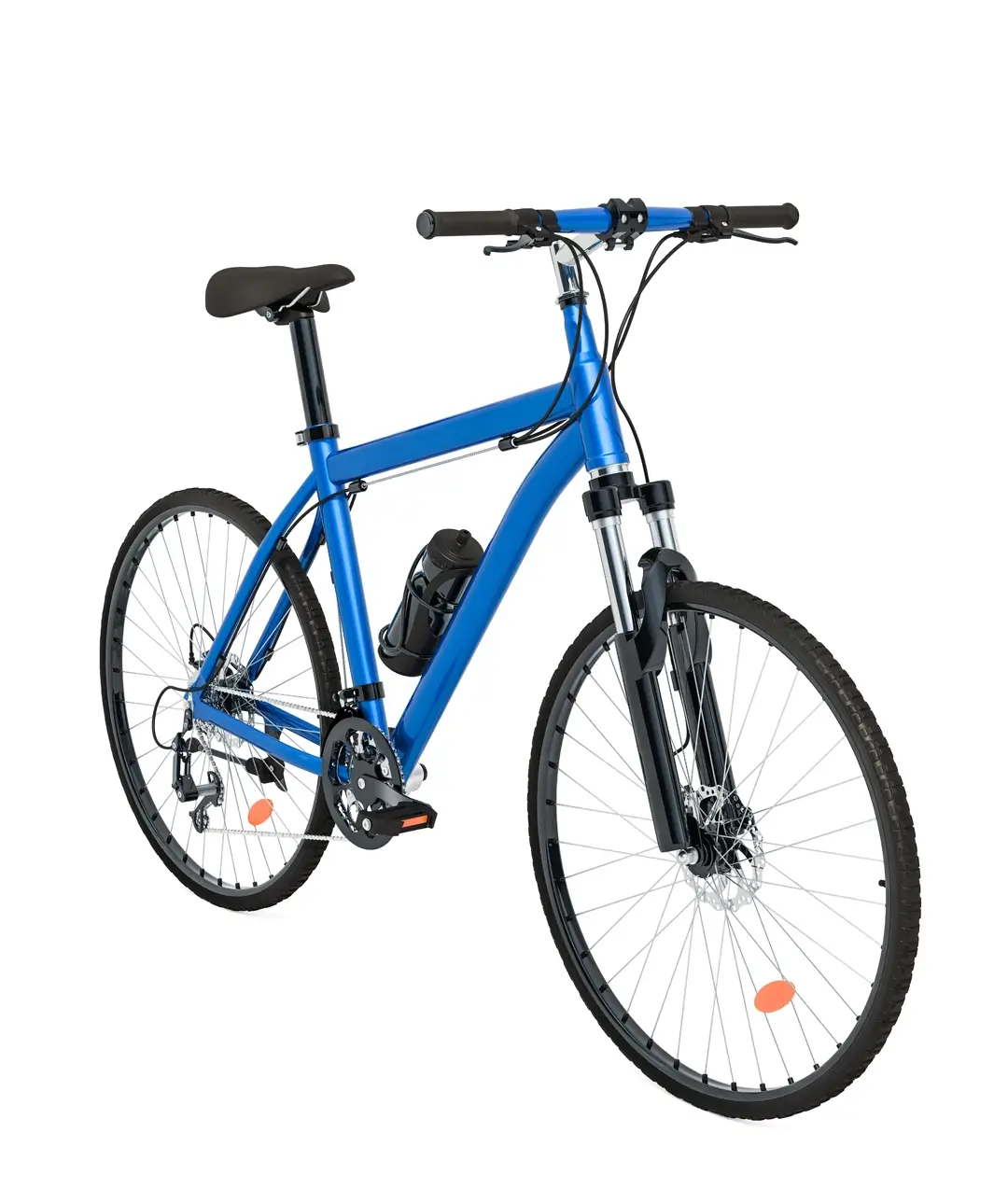
These are devices with 3 or fewer wheels, human powered and include racing wheelchairs. Riders are granted all the rights and are subject to all duties of a motor vehicle when on the roadway or shoulder. Riders must also ride on the right side of the roadway or designated bike lanes. Riders shall yield right of way to pedestrians when riding on sidewalks. Riders may use sidewalks and multi-use paths in the City of Scottsdale unless posted otherwise. At nighttime, bicycles must have a white light to the front and red reflector on the rear. A functional brake is required.
Electric Bicycles
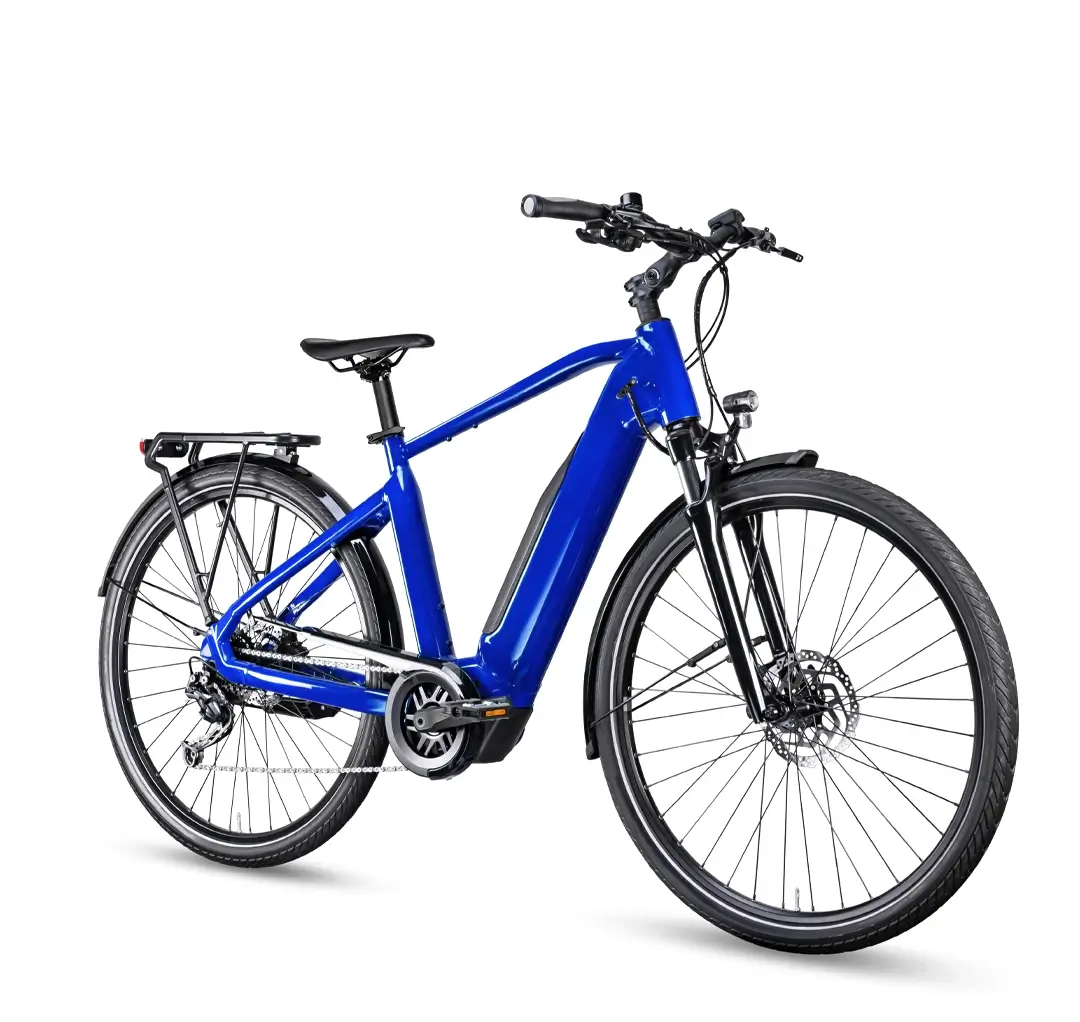
"Electric bicycle" means a bicycle or tricycle that is equipped with FULLY OPERABLE PEDALS and an electric motor of less than seven hundred fifty watts and that meets the requirements of one of the following classes three classes. License, registration, and insurance are not required. It is not a “vehicle” for Title 28, so DUI does not apply. However, Riding Under the Influence (RUI) under the Scottsdale Revised Code does apply and it is illegal to ride an electric bicycle under the influence in Scottsdale.
- "Class 1 electric bicycle" means a bicycle or tricycle that is equipped with an electric motor that provides assistance only when the rider is pedaling and that ceases to provide assistance when the bicycle or tricycle reaches the speed of twenty miles per hour.
- "Class 2 electric bicycle" means a bicycle or tricycle that is equipped with an electric motor that may be used exclusively to propel the bicycle or tricycle and that is not capable of providing assistance when the bicycle or tricycle reaches the speed of twenty miles per hour.
- "Class 3 electric bicycle" means a bicycle or tricycle that is equipped with an electric motor that provides assistance only when the rider is pedaling and that ceases to provide assistance when the bicycle or tricycle reaches the speed of twenty-eight miles per hour.
Note: If the device does not comply with those definitions and requirements, such as not having pedals or a wheel that is, at least, sixteen inches in diameter, the device is either a motorcycle or motor-driven cycles, depending on horsepower. Here is what's important to remember:
- Motorcycles and motor driven cycles require the rider to have an Arizona driver’s license with a class “M” endorsement, the motorcycle or motor driven cycle must be insured, and the motorcycle or motor driven cycle must be registered with MVD and display an ADOT-provided license plate.
- If the rider of a motorcycle or motor driven cycle is under 18 years of age, they are also required to wear eye protection and a helmet.
Electric Personal Assistive Mobility Devices
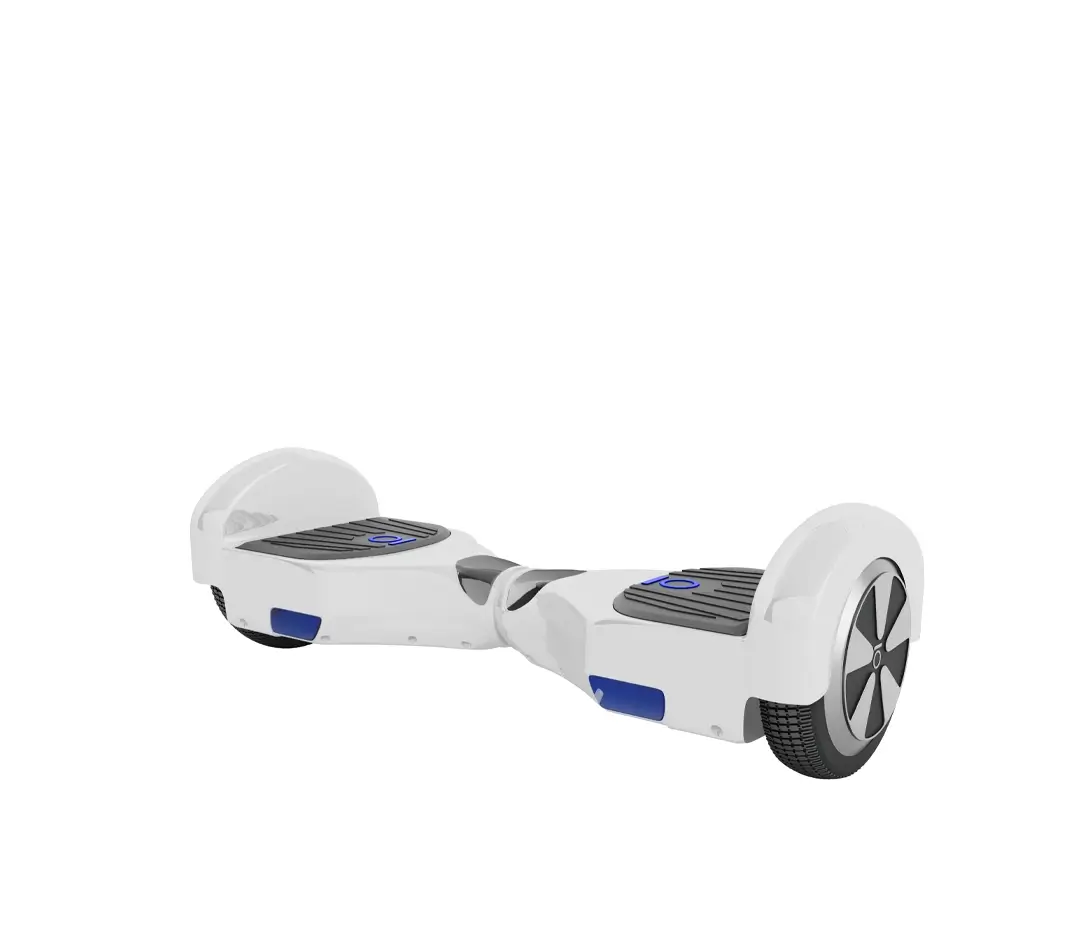
This is a self-balancing device with one wheel or two non-tandem wheels with a motor and maximum speed of 15 MPH capable of transporting only one person. This vehicle may only transport one person and travel as a pedestrian would travel. Must follow laws regarding pedestrian duties. It has no registration or insurance requirements and can travel on private property, sidewalks, and crosswalks.
Electric Standup Scooters
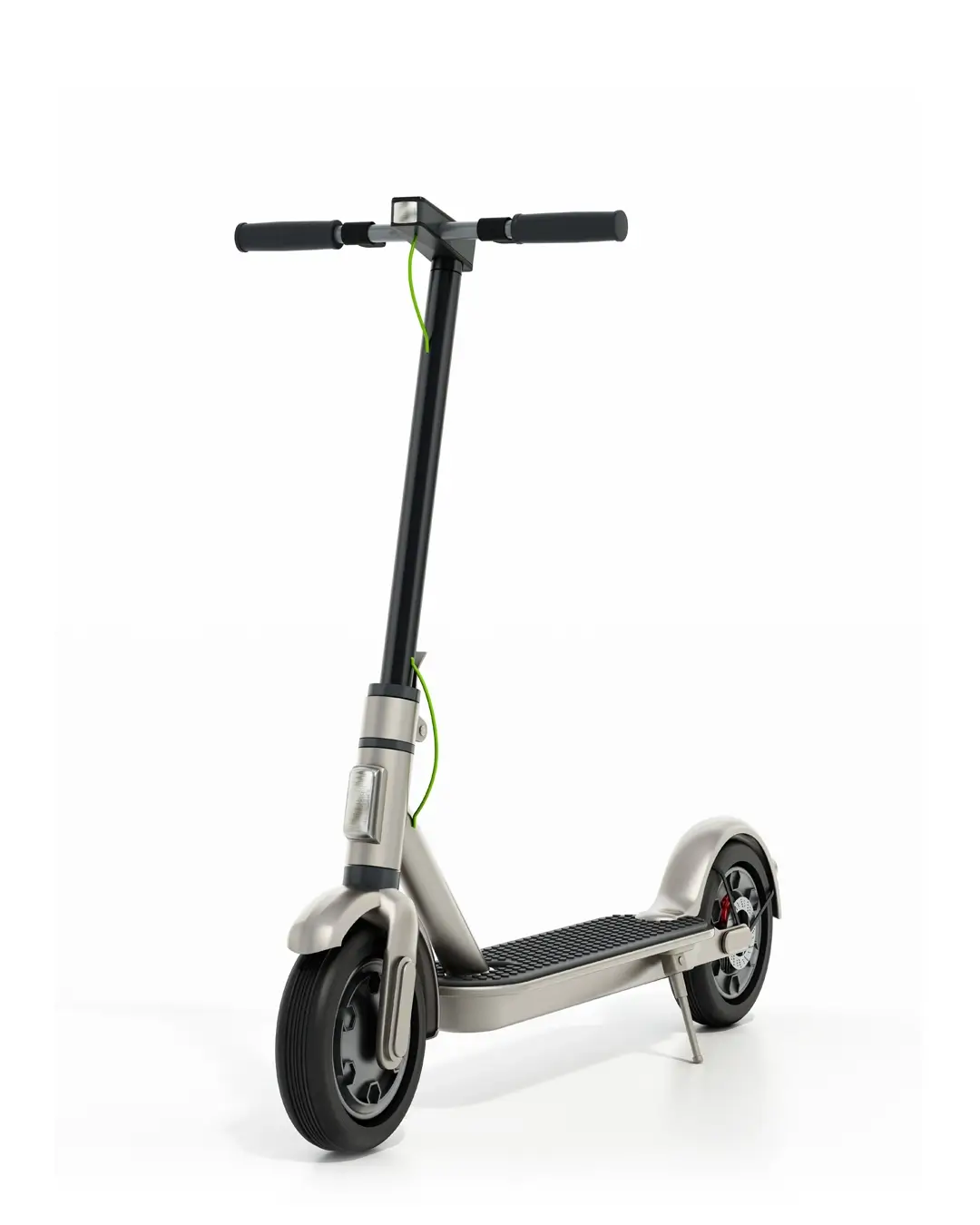
A device which weighs less than 75 pounds, is powered by human power, an electric motor, or both and that has two of three wheels, handlebars, and a maximum speed of 20 mph. They are treated the same as an electric bicycle and must be equipped with a white light and red reflector if operating at night. Electric scooters may not be operated on a roadway with a speed limit greater than 35 mph, and shall yield to the right of way of pedestrians when operated on sidewalks and multi-use paths. Riders may use sidewalks and multi-use paths in the City of Scottsdale unless posted otherwise. Electric Scooters may be used in bicycle lanes of roadways and must comply with all other traffic rules and regulations.
Motorcycle
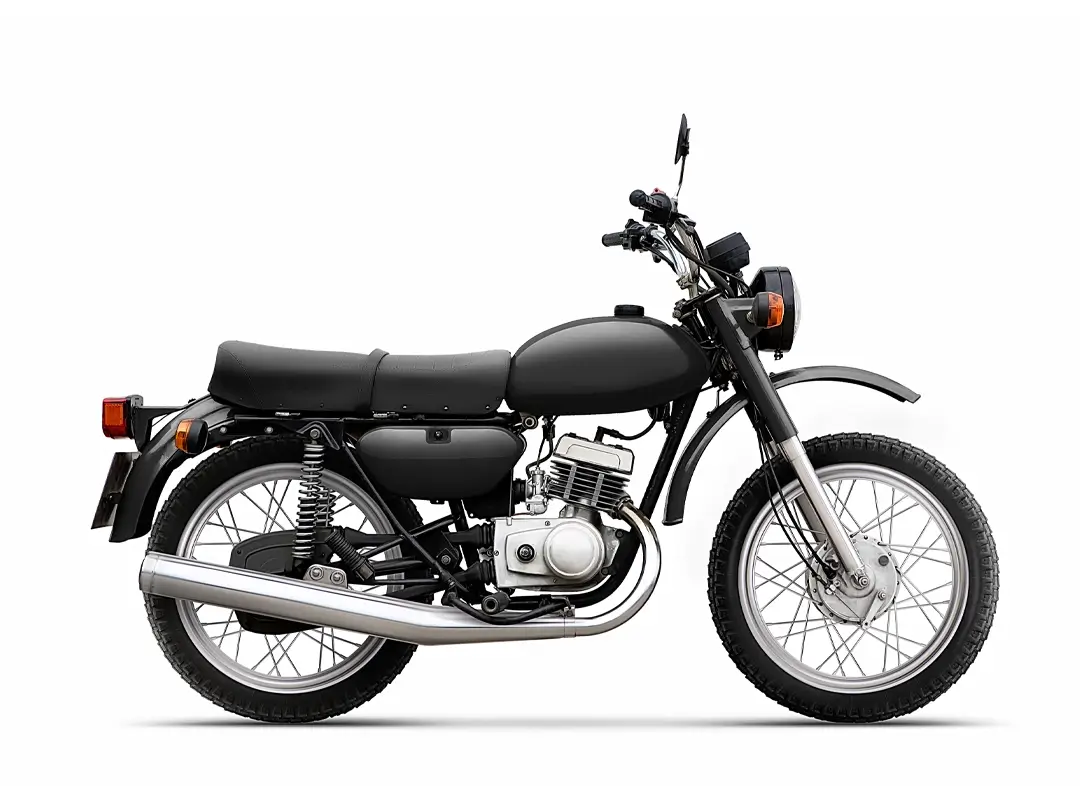
These are motor vehicles that have a seat or saddle for use of the rider and are designed to travel with not more than three wheels in contact with the ground. Riders must have valid driver’s license with motorcycle “M” endorsement, registration, insurance, and eye protection. Riders under the age of 18 must wear a helmet. Motorcycles are permitted on the roadway and must obey all traffic laws.
Motor Driven Cycles and Pocket Bikes
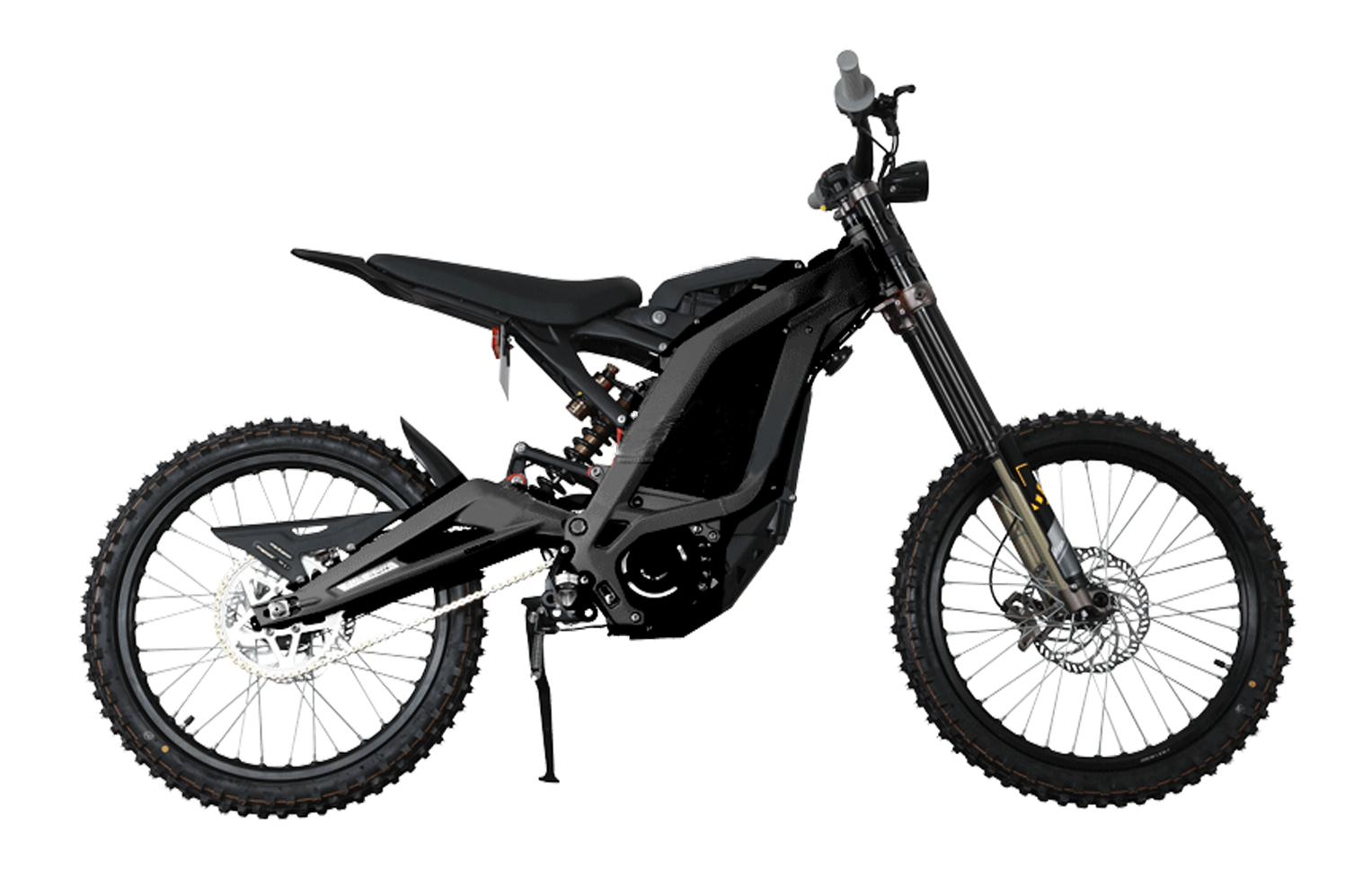
These are motorcycles, including a motor scooter with a motor that produces not more than 5 horsepower or the electrical motor equivalent of 3.7 KW. They do not include electric: bicycles, miniature scooters, or standup scooters, unless the device specifications exceed any of the specifications listed in the definitions. If driven on private property, there are no license requirements, however; collisions, DUI, and reckless driving laws apply. On roadways, these cycles and operators must meet all the requirements of a motorcycle including registration, insurance, eye protection and a driver’s license with an “M” endorsement. Helmets are required on riders under 18 years. These vehicles are not authorized for freeway use and must be driven on private property unless rider meets all above motorcycle requirements. All traffic laws must be obeyed.
Motorized Gas-Powered Bicycles/Tricycles
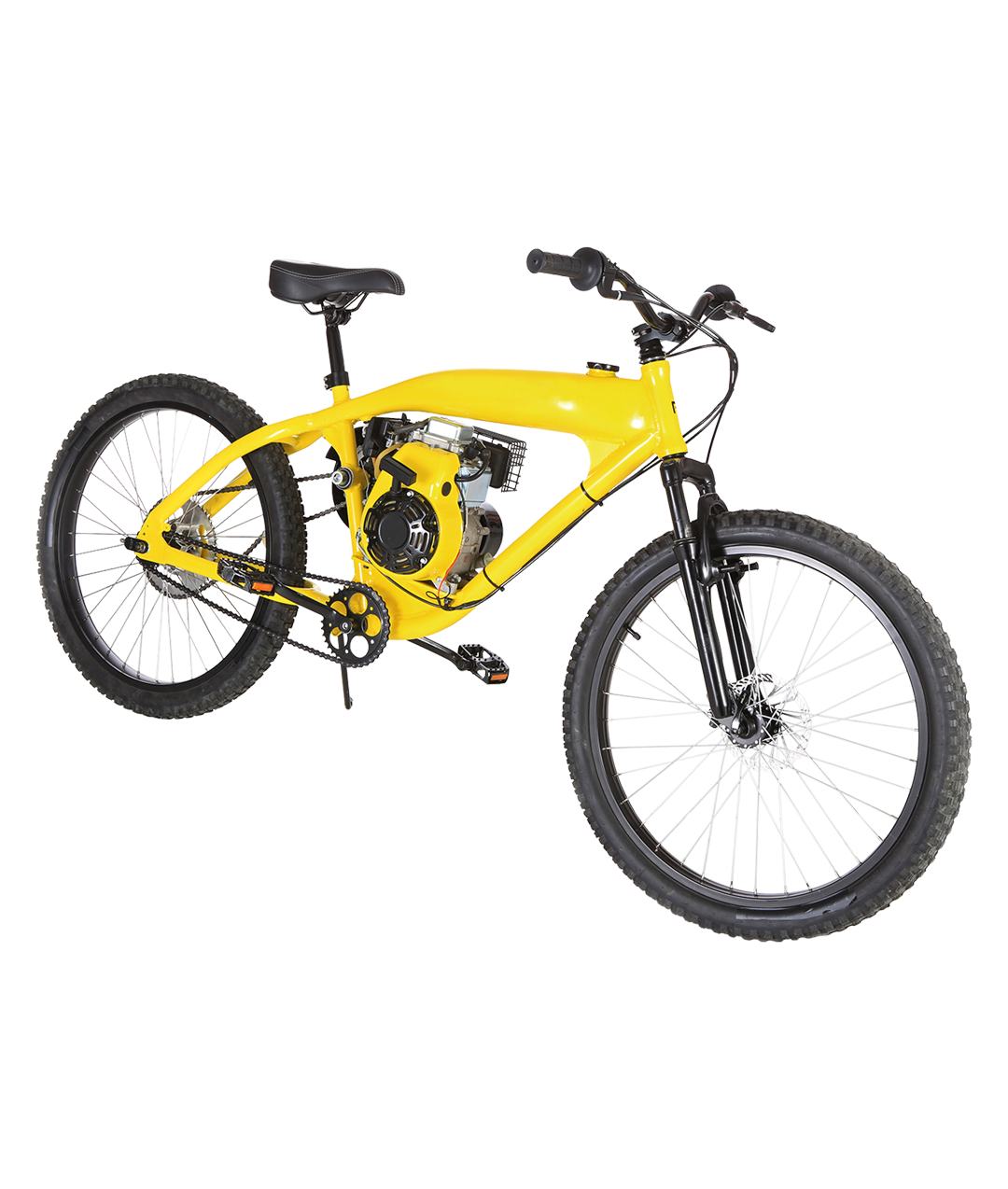
These bicycles or tricycles are equipped with a gas helper motor that is operated at speeds less than 20 mph and has a 48cc engine or less. License, registration, and insurance are not required. They may use bicycle lanes & multi-use paths.
Motorized Skateboards
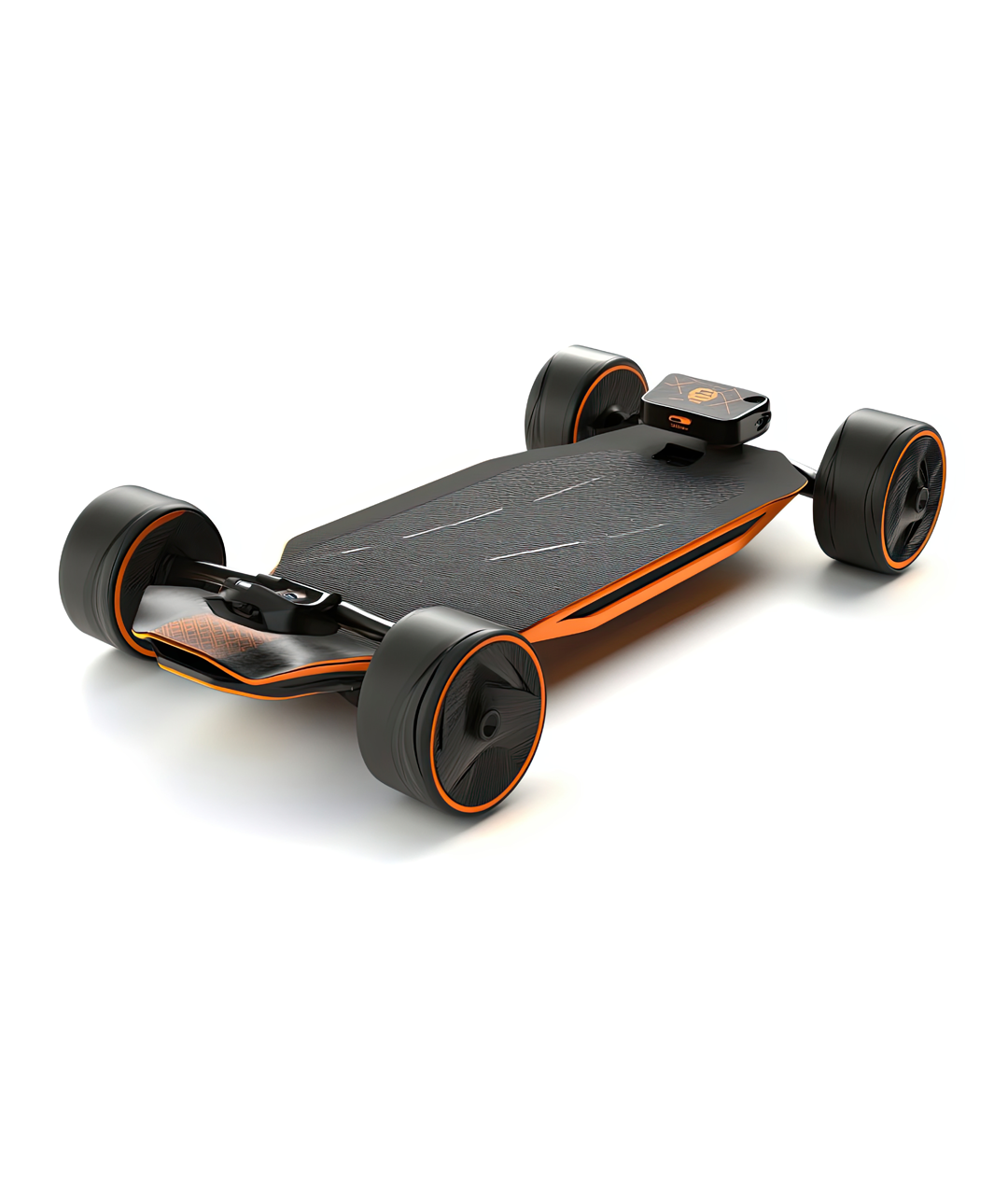
These are self-propelled devices that have a motor, deck and 2 tandem wheels (one in front of the other) in contact with the ground. Although not a motor vehicle, (no driver’s license, registration or insurance required) motorized skateboard riders must obey all traffic laws in addition to City Codes that restrict their operation. See Scottsdale Revised Code for governing laws and restrictions. Traffic laws apply when operated on the roadway.
Motorized Wheelchair
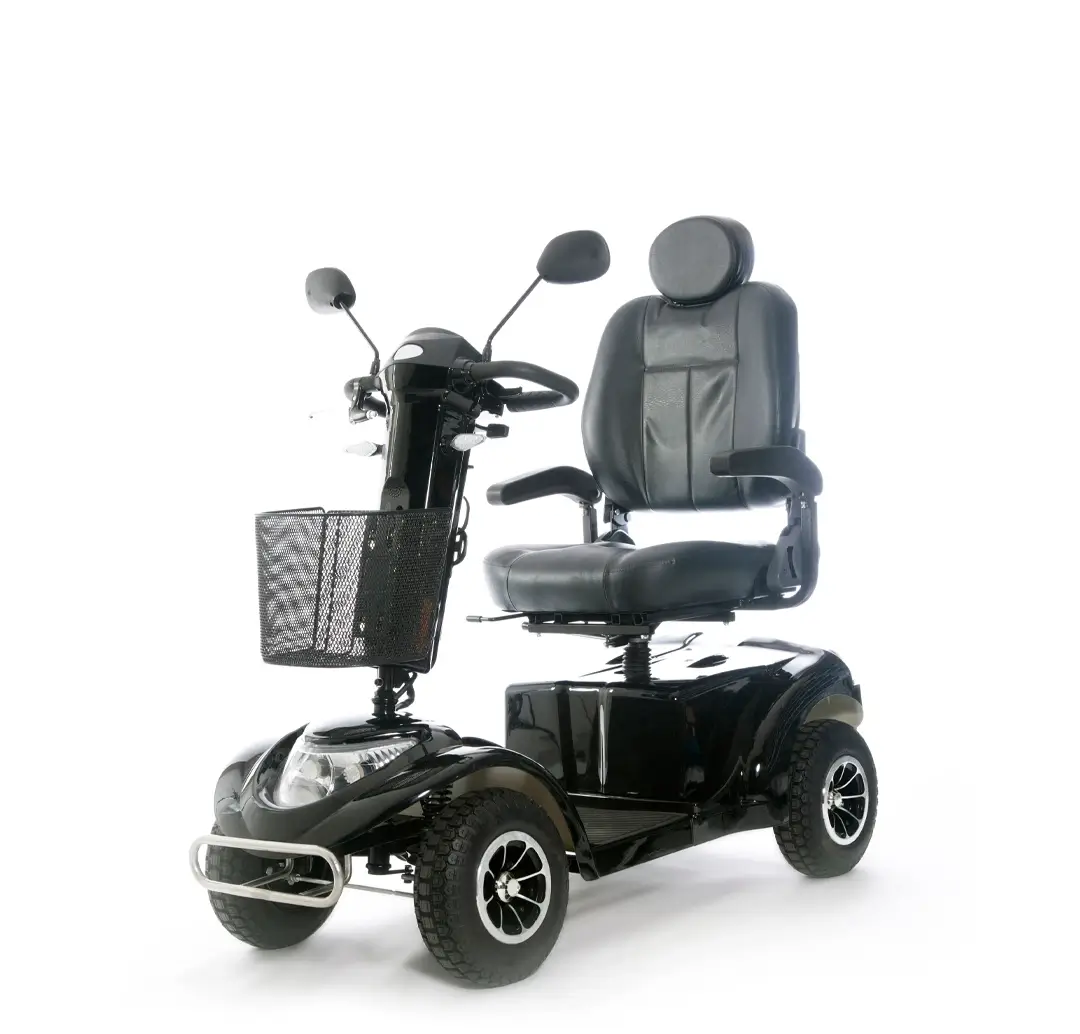
This is a self-propelled wheelchair that is used by a person for mobility. May transport one person, as a pedestrian would travel. It is permitted on private property, sidewalks, and crosswalks. Must follow laws regarding pedestrian duties. They are not to be driven on the roadway or bike lane if a sidewalk is available. They have no registration or insurance requirements.
Moped
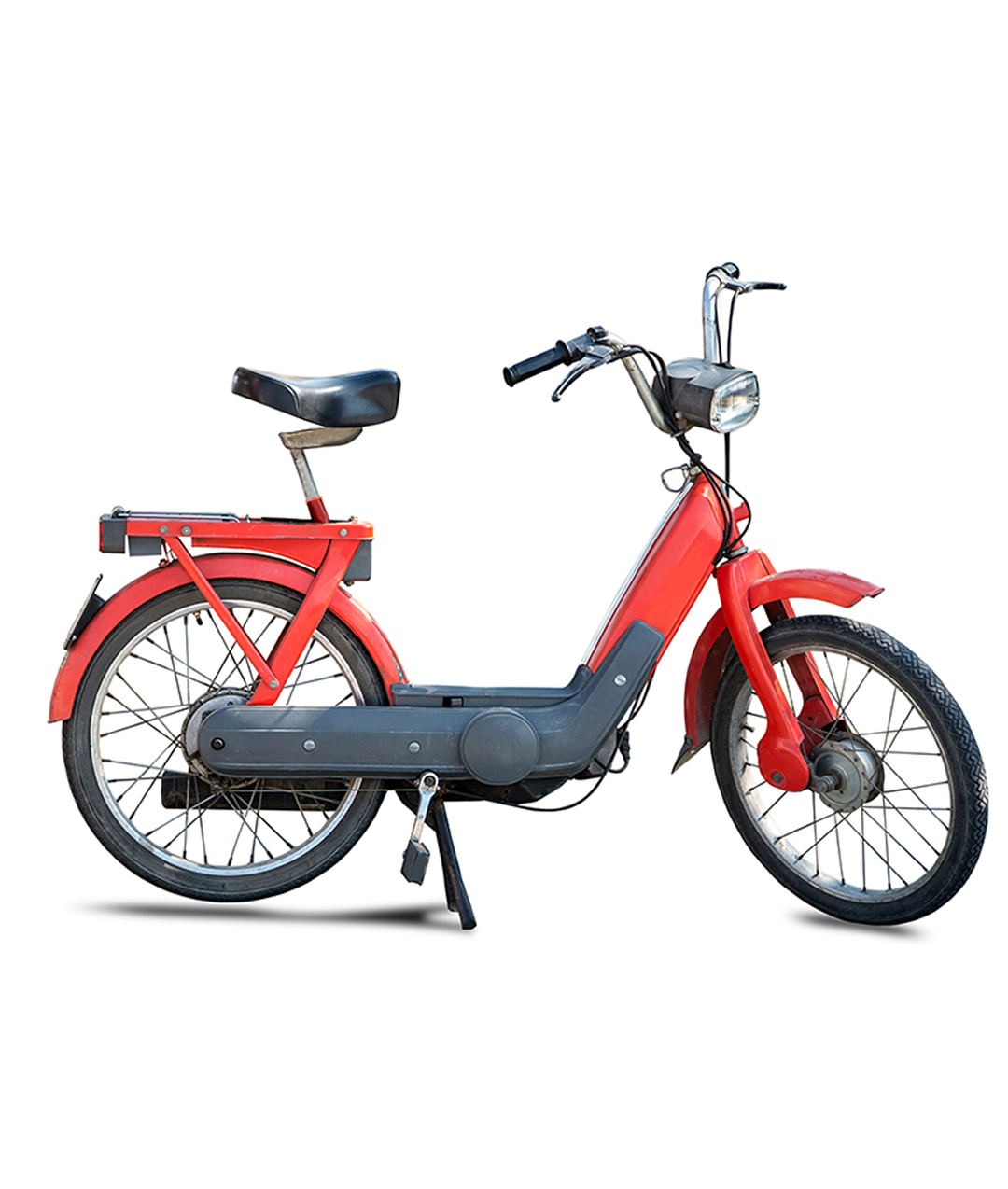
This is a bicycle that is equipped with a non-electric helper motor of 50 cc or less. It must have pedals and be capable of operating as a bicycle. Maximum speed is 25 mph. When the motor is engaged, operators must have a driver’s license, registration, and insurance. It may be driven on the roadway but not in the bike paths when the motor is engaged and must obey all traffic laws.
Neighborhood Electric Vehicles and Golf Carts
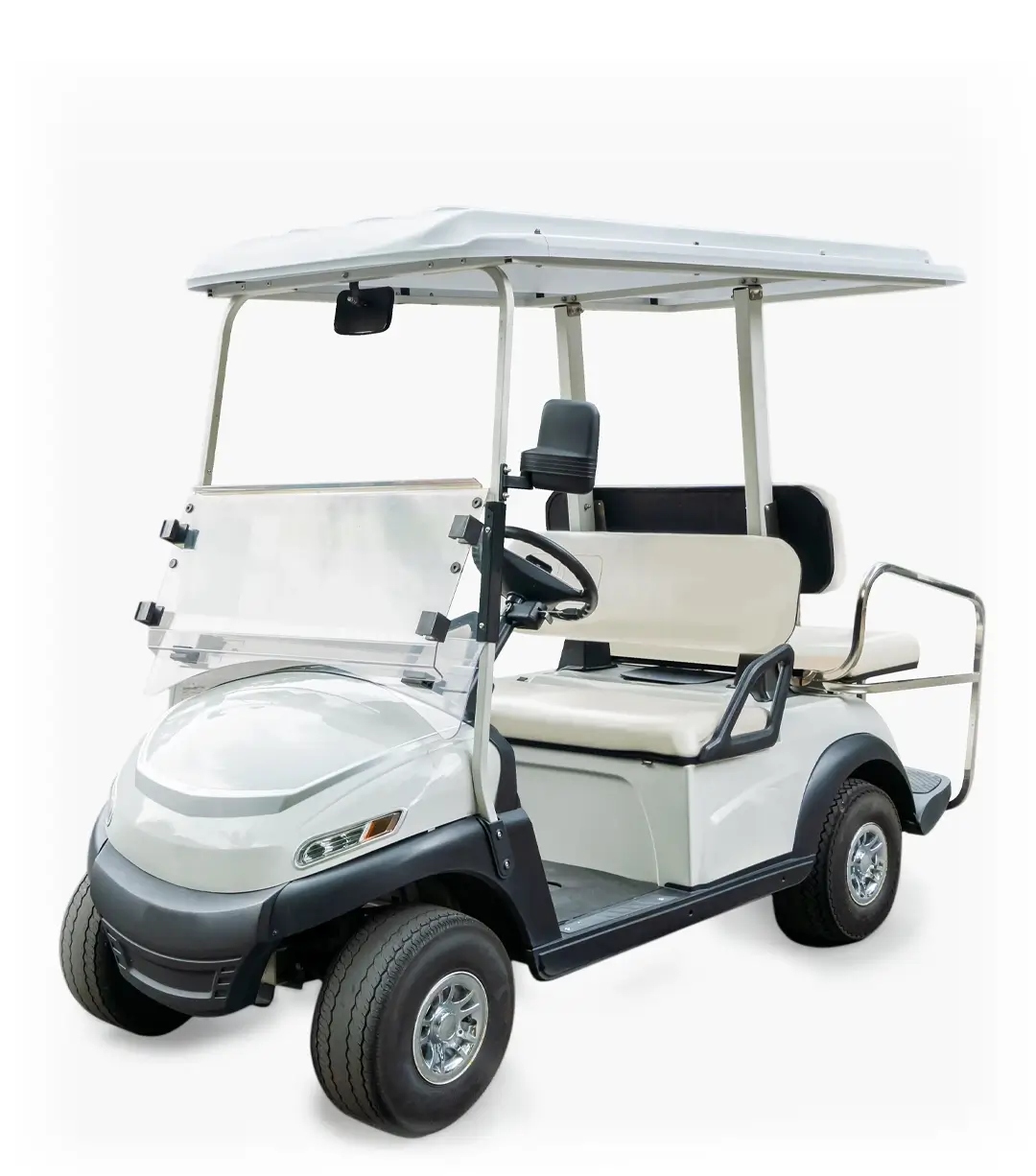
A golf cart is a motor vehicle with not less than three wheels capable of a speed no greater than 25 mph and carries no more than four people including the driver. On private property such as golf courses, no requirements are needed. May cross the roadway for golf play.
A neighborhood electric vehicle must be emission free, carry four or fewer persons, operate at less than 25 mph, and have four wheels. It shall not be operated on a roadway posted at more than 35 mph, except to cross such a road.
Both must be registered and insured, and the driver must be licensed if operated on a roadway.
It is permitted on private property with no legal requirements, however; collisions, DUI, and reckless driving laws apply.